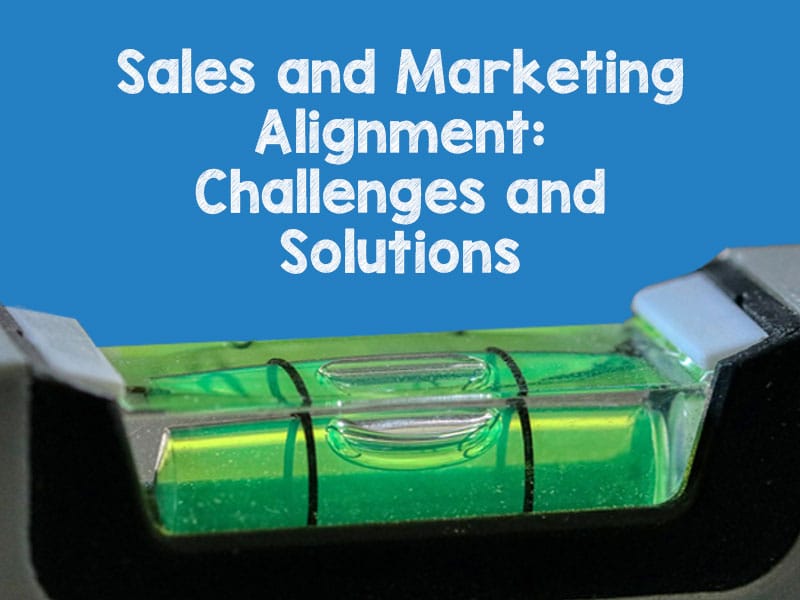
As a leader, you’ll be familiar with the nagging itch that tells you something’s not quite right. But if the itch is about sales and marketing alignment, it’s best to prioritize a solution in the current CPG marketplace!
That’s because inflation is driving up manufacturing and supply chain costs. So efficiency and effectiveness in how your sales and marketing departments work together is now crucial.
But what’s the exact problem about? Check out three suggestions and solutions below!
Three Challenges for Sales and Marketing Alignment
1 Communication and Collaboration Between Marketing and Sales Teams
It’s likely you’re constantly coming up against small miscommunication issues between your teams. They each get on with their own tasks. But miscommunication and siloed efforts are bad for your business’s growth.
2 Management of Goals and Focus
It’s understandable your teams will have different perspectives and priorities. Marketing tends to focus on building brand awareness and driving long-term growth. Sales teams focus on meeting short-term revenue targets. But this creates tension and results in conflicting strategies.
3 Sales and Marketing Data Integration and Analysis
Your teams rely on analytics and insight to make informed decisions. But which data set? Which analytic method? Is your niggle due to them using different sources of data and therefore not agreeing on a single way forward?
If any of these strike a chord, it’s time to call in your marketing and sales teams and sync them up if you want to exceed your revenue goals!
Sales and Marketing Alignment Best Practices
Let’s deal with the challenges in reverse order, because it’s more logical in terms of best practice.
1 Use only one central set of data analytics for both teams to consult.
This leads to effective identification of
- current trends,
- customer preferences, and
- marketing and sales opportunities that are new or innovative (not always the same – you can use an old idea in an efficient new way).
Tip: Invest in advanced data management systems and other tools that allow for seamless integration of data from various sources.
2 Balance perspectives around goals and priorities.
The key goals are your overall business goals and your key priorities should be to maintain and expand the presence of your consumer goods in-store and online. With sales and marketing alignment, you can direct marketing to the best retailer(s) and win partner relationships that benefit both you and them in terms of sales.
Tip: Set KPIs that consider both short-term revenue targets and long-term brand-building metrics.
3 Leverage insights from each other.
We mentioned both teams having their own perspectives. They need to share them! This combines teams’ valuable expertise and uses it to build your brand among your targeted retailers. No single person has all the answers in a moving and changeable market.
These targeted retailers are then more likely to become your key accounts because their experience of you is that they haven’t fallen between the cracks of marketing and sales and feel valued. This leads to loyalty to your CPG brand.
Tip: Have weekly team meetings, cross-functional project teams, and joint brainstorming sessions to align your efforts for both sales and trade promotions.
Momentum CPG Can Help You to Align Sales and Marketing Effectively
We have years of experience helping CPG businesses prioritize effective communication to foster beneficial alignment of sales and marketing. Strategy, Process, People, and Partnership is in our DNA. Let’s talk now!